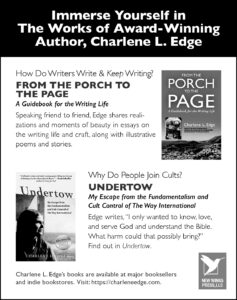
Greetings, readers, and welcome to another Wednesday Words. Here’s something from a great artist: the poet John Keats. It’s old but still so very relevant, and being relevant and meaningful to humanity over years and years is part of what great art does. Yay for that! We need it.
Reflections on Keats
Lately, John Keats’ phrase “Beauty is truth” floats in and out of my awareness like background music. For a good many years of my life, I thought truth was found only in a Bible [if you’ve read Undertow, you know that], but guess what? It can be found in many places. Just look. Even look at a piece of art on pottery! And look at how that art inspired more art: an enduring poem.
I’ve been fortunate to have traveled the world, including to Greece, where I saw many Grecian urns. I observed and felt close-up what Keats wrote about truth and beauty being linked.
The Poetry Foundation’s website tells us:
“John Keats, who died at the age of twenty-five, had perhaps the most remarkable career of any English poet. He published only fifty-four poems, in three slim volumes and a few magazines.”
Here’s the last part of his remarkable, Ode on a Grecian Urn:








John Arnett
John Keats’ brother, George Keats, had a daughter, Emma Keats (the poet’s niece) who lived in Louisville and married Philip Speed (son of John Speed and brother of Lincoln’s friend, Joshua Speed —Farmington). The Speed family is famous in Louisville and many connections. One of the streets in the Clifton neighborhood is named Keats. The famous Speed Art Museum in Louisville displays the truth John Keats wrote about.
Charlene Edge
Wow, John. This is truly fascinating! Just wonderful history there. Thank you.